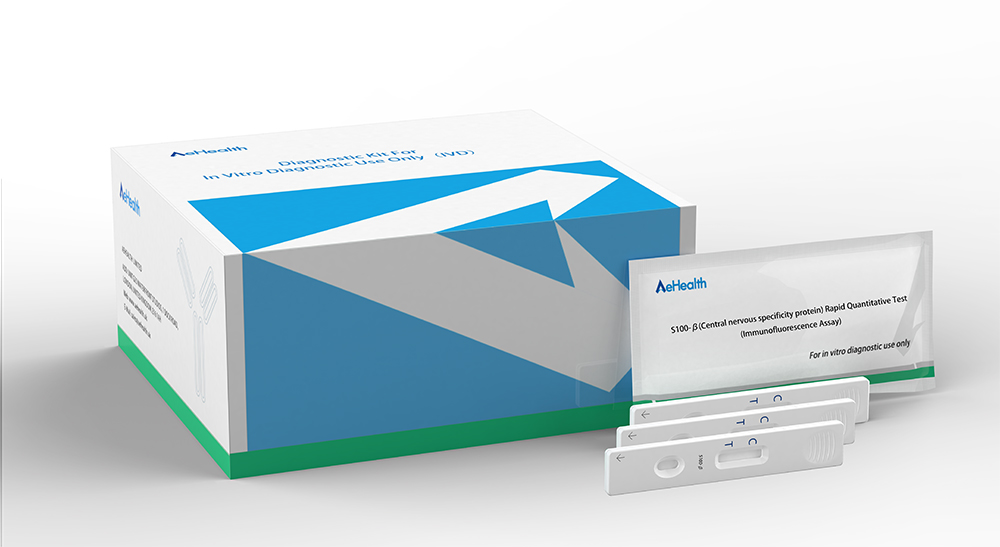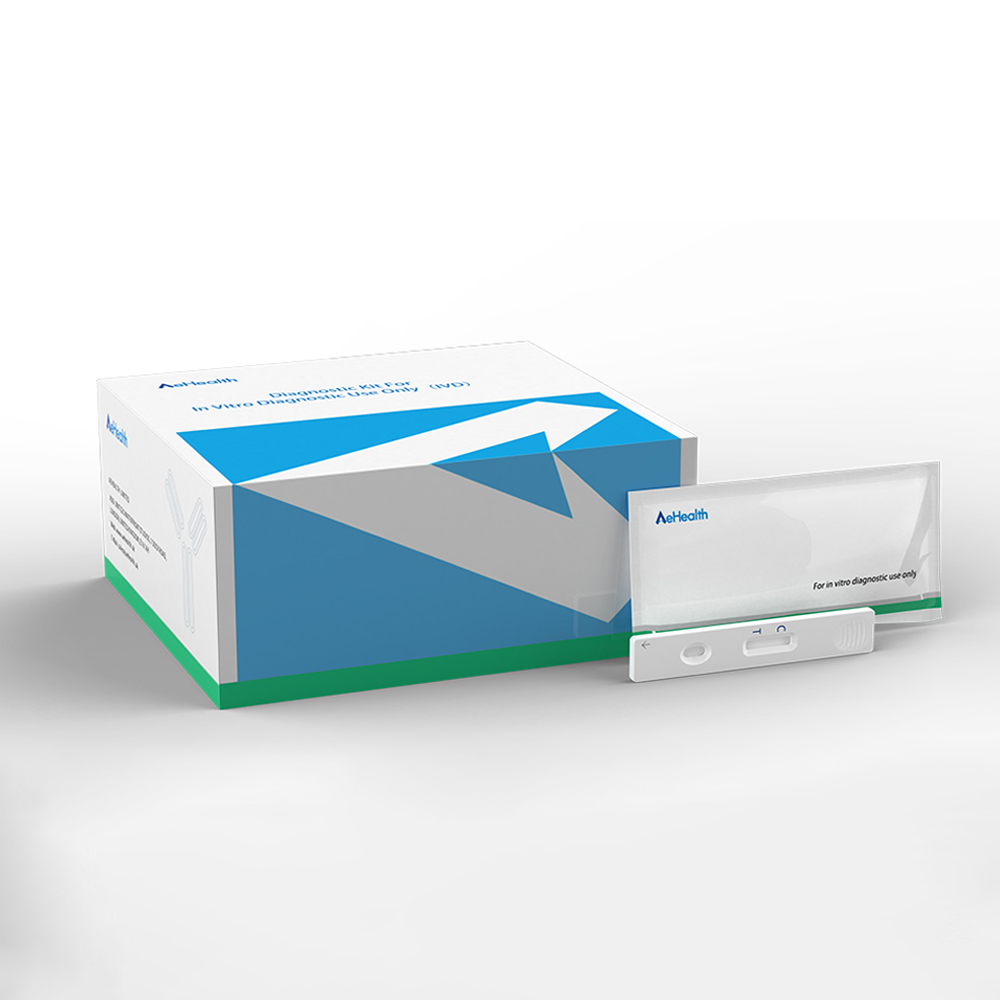
Performance Characteristics
Detection Limit : 1.0 ng/ mL ;
Linear Range: 1.0-1000.0ng/ mL;
Linear correlation coefficient R ≥ 0.990;
Precision: within batch C.V. is ≤ 15%; between batches C.V. is ≤ 20%;
Accuracy: the relative deviation of the measurement results shall not exceed ± 15% when the accuracy calibrator prepared by Ferritin national standard or standardized accuracy calibrator are tested.
1. Store the detector buffer at 2~30℃. The buffer is stable up to 18 months.
2. Store Aehealth Ferritin Rapid Quantitative test cassette at 2~30℃, shelf life is up to 18 months.
3. Test cassette should be used within 1 hour after opening the pack.
Anti-Mullerian hormone (AMH) is a member of the transforming growth factor beta superfamily, which was first discovered by Professor Alfred Jost in 1974. AMH is a disaccharide protein composed of two identical 70kD subunits linked by disulfide bonds, with a relative molecular weight of 140kd; the human AMH gene is located in the short arm of chromosome 19, with a size of 2.4-2.8kb, and contains five exons.Anti Mullerian hormone (AMH) plays an important role in the development of gonadal organs and is one of the important markers of gonadal function in men and women. In male, AMH is mainly produced by Leydig cells of testis, which starts from embryo formation and runs through life; in the development of male fetus, AMH leads to the degeneration of Muller's duct and forms a normal male reproductive canal. In women, AMH is mainly produced by ovarian granulosa cells. Serum AMH level remains at a lower level than that in men. From puberty, serum AMH level gradually decreases with time.

